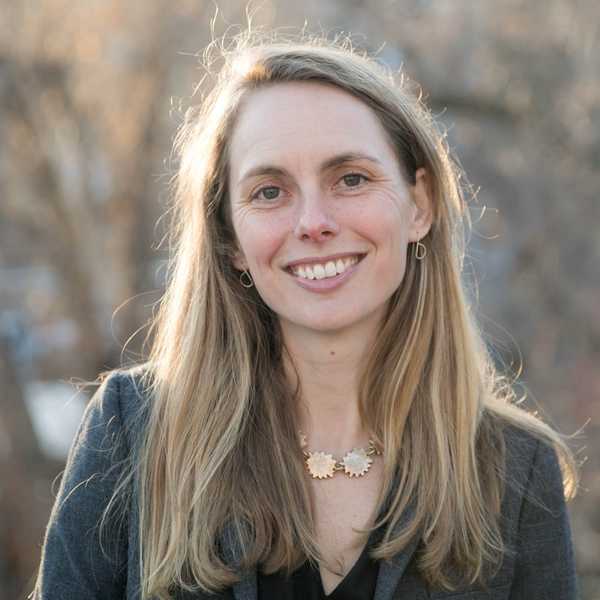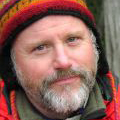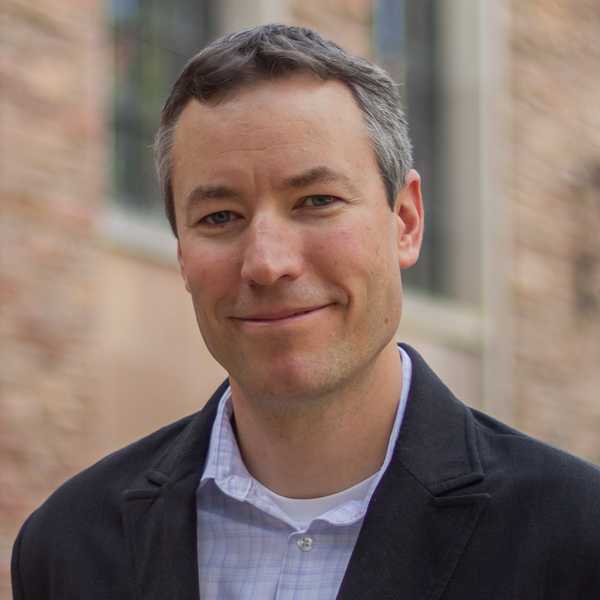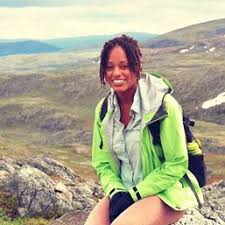Project Abstract
Observations and modeling suggest the globe is standing on the inflection point of abrupt permafrost change. Increased methane emissions from newly formed lakes in melting permafrost regions likely play a major role in global climate. Reduction in permafrost and associated landscape change increasingly place Arctic and global communities at risk. Hence, improved forecasts for planning are critically needed. This project brings Alaskan communities together with social and natural scientists to examine changes in permafrost thaw lake environments, including the effects on Yukon River watershed villages and global climate. The project goals were defined by the Yukon River Inter-Tribal Watershed Council (YRITWC) to focus on lake area change, drinking water quality, and frozen transport corridors - topics identified by local stakeholders as critically important. The study sites comprise six villages across the vast Yukon watershed varying in permafrost types, climates, ecosystems, communities, and cultures. Project scientists and interns and advisors from Yukon villages are measuring lake area change, water chemistry, extent of ground melt, and methane emissions. This project is a collaboration between Yukon River Watershed indigenous villages, the YRITWC, Northern Social-Environmental Research (NSER), the Institute of Arctic and Alpine Research (INSTAAR) at the University of Colorado Boulder (CU), Mechanical Engineering (CU), the Cooperative Institute for Research in Environmental Sciences (CIRES), and the University of Alaska Fairbanks.
In the research study region, methane ebullition from thermokarst lakes is an imminent source of major increases to the radiative effect but substantial uncertainty surrounds the timing and scale. Land and aerial observations of present-day methane emissions in permafrost-dominated regions of Alaska are highly divergent. To reconcile this uncertainty, two new technologies are being deployed to bridge missing measurement scales: 1) Dual frequency comb spectroscopy is being used in the Arctic for the first time, and 2) Fixed-wing unmanned aerial vehicles provide novel methane sensing. Additionally, Indigenous knowledge of landscape change is being utilized with frozen ground/lake ice phenology to inform and add context to collected measurements by employing qualitative research techniques, participatory mapping, and semi-directed interviews. Research results have direct local application through integration with the Indigenous Observation Network database that links Indigenous, State, and Federal entities. The capacity for co-produced, adaptive forecasts is being enhanced with a web-based, open-source modeling environment of permafrost dynamics, climate, and surface processes. Based on guidance from the YRITWC, a Landscape Evolution Model of lake area change is being developed for its community planning applications. Indigenous knowledge provides key inputs for the model based upon a new mismatch matrix approach where matches can validate outputs, and mismatches reveal potential opportunities to adjust parameters and optimize forecasts. This interdisciplinary approach converges natural and social science paradigms to produce environmental knowledge important for contributing to the understanding of both global dynamics and addressing local societal needs.
Project Location
Dates
-Location
Yukon River WatershedMembers
Principal Investigator

Co-Principal Investigator

Co-Principal Investigator

Co-Principal Investigator

Co-Principal Investigator

